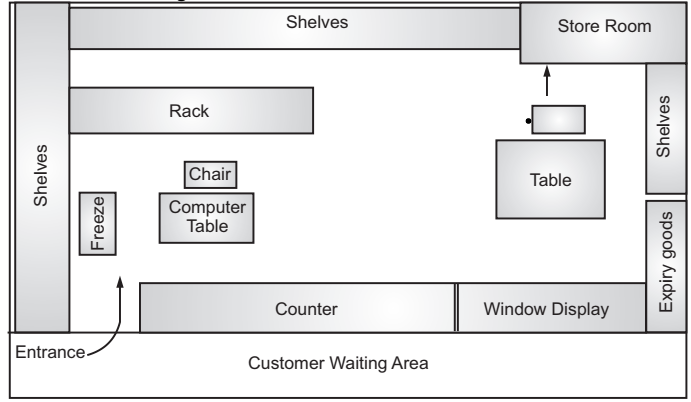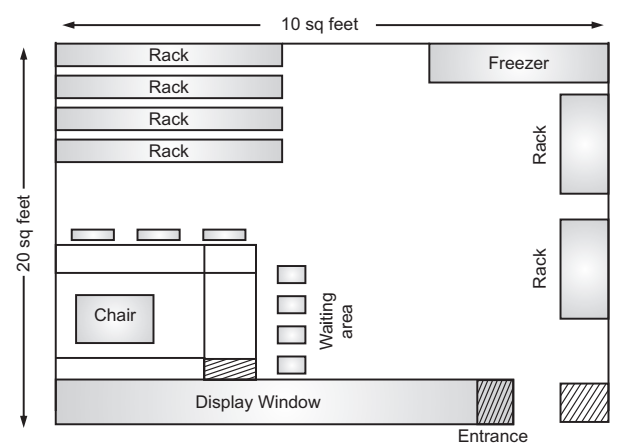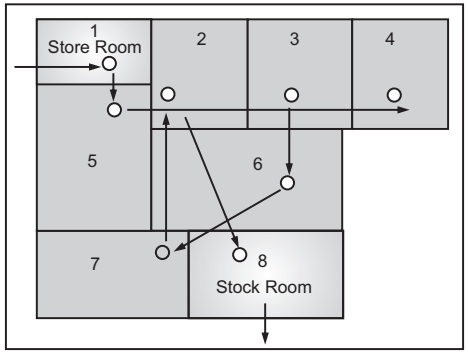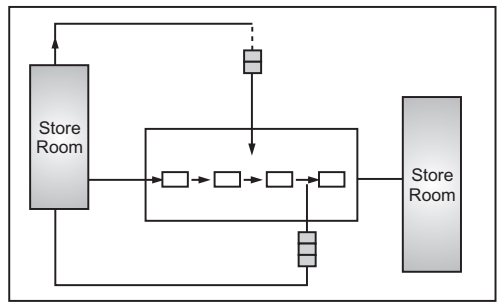Community Pharmacy comprises all the setup that is owned privately and has the responsibilities to serve the society to fulfill the need of drug and pharmaceutical services. The leading responsibilities of a community pharmacy are compounding, advising, and distributing drugs to the patients. The community pharmacy provides the services with very care, accuracy, and legality along with the appropriate procurement, storage, distribution, and documentation of medicines. The community pharmacist should possess relevant educational qualifications, skills, and proficiency to provide professional service to the community.
A community pharmacist should have the following qualities:
- Sound experience in pharmaceutical care and health promotion.
- Good communication skills with patients and other healthcare providers.
- Continue to maintain a high grade of standard in the development of products, services, and communication.
- Record to maintain documentation of dispensing of all orders.
Community Pharmacy is defined largely to comprise all privately owned establishments involved in the performance of the functions in varying degrees to serve the society’s need for pharmaceutical products and related services. Community pharmacy is the branch of a pharmacy responsible to serves the different kinds of patient care and dispensing of medicines and counseling the patient on the drug safety and rational use of drugs.
Ideal Plan of Drug Store and Dispensing Unit
Table of Contents
Ideal drug store should possess the following plan to execute properly:
- Supervision and control of material handling and transportation.
- Proper designing of suitable work locations.
- Allocation of suitable locations as production centers and service centers.
- Minimized the movement of workers at the production center and wherever it required.
- Minimized the waiting time of the semi-furnished product.
- Improvement in the methodology of work so there can reduce the production cycle in terms of times.
- Flexibility to change the design of products for their future expansions.
A good layout permits the supply of the materials through the plant at the desired speed with a lower cost. Following are the general layouts for the retail and wholesale pharmacy store for efficient functioning.


Types of Layout for Community Pharmacy
There are mainly following types of layouts:
1. Process Layout:
It is also known as functional layout and is categorized by keeping similar machines/operational tools at one location. The arrangement is like a separate department, in which, a particular class of machine or operational tool doing a particular type of work or process e.g. cutting machines may be placed under the cutting department.
Advantages:
- Better utilization of resources.
- Greater flexibility.
- Better supervision ultimately leads to better production.
- While doing such arrangements, there may require a smaller number of machines or other resources thereby resulting in reduced capital.
Disadvantages:
- In pharmaceutical and chemical industries, the functional layout type may not be possible due to the sequential performance/operation of many of the units/sectors.

2. Product Layout:
This type of layout is also called a straight-line layout and is required to standardize in beginning according to the manufacturing process of a particular product. Using such product layout design, the product can be manufactured in large quantities by repetitive operation.
Advantages:
- Fewer space requirements for the same volume of production.
- Smooth and continuous workflow.
- Processing of work is quick and smooth.
- Floor space can be properly utilized.
- Less in-process inventory.
- The cost of material handling can be reduced by using conveyors.
- Manufacturing time is reduced and the manufacturing cycle can be speeded up.
This type of layout is more suitable for Pharmaceutical Industries.

3. Combination Layout:
In this layout, they use a combination of both functional and product layouts for more advantages.
A combination of process and product layout combines the advantages of both types of layouts. The layout should be well-organized by keeping the handling of material at a minimum level. While there requires suitable layout planning to keep the cost of product minimum.
Legal Requirements for Establishment and Maintenance of Drug Store
Requirements for the Establishments of Drug Store
General License: Granted to the person who has a premise for business and who engages the services of a qualified person to supervise the sale of drugs.
- The license for the retail sale of drugs other than the ones mentioned in schedules C, C1, and X was issued in form 20. For drugs specified in Schedule C and C1 in form 21. Schedule X drugs in form 20F.
Restricted License: The licenses for the restricted sale of drugs other than those specified in Schedule C, C1, and X are issued in the form 20A.Those specified in Schedule C and C1 but not in schedule X are issued in form 21A.
Requirements for the Maintenance of Records of Drug Stores
1. Legal Records:
According to the Federal State Law, up-to-date and proper records should be maintained according to the Drugs and Cosmetics act 1940, Rules 1945, and Poison act 1919 for the maintenance of records of the distribution of poisonous substances.
2. Patients Records:
- Patient’s drug history.
- Information on all kinds of and amounts of drugs taken by average patients.
3. Financial Records:
Financial records need to maintain for the following purposes:
- For evaluation of records, past operations, forecasting needs, and controlling the needs.
- Analyzing revenues and expenses.
- Measuring return on investment.
- Help ensure profitable operations.
Dispensing of Proprietary Products
Dispensing is the main part of pharmacy practice in which the distributor/pharmacist takes the required order of medicine from a physician on the prescription and accordingly supplies the medicines for the treatment of the patients. Following are the general patterns follow for the dispensing of the proprietary products.
The layout of Dispensing Procedure:
Receiving the order of proprietary drug-like Amlodipine. Check whether this order was received correctly.
↓
Keep the received order at the side and check for expiry date and storage conditions.
↓
Keep the received order in the proper dispensary shelf or drawer. The location of the shelf for the received order should not be confused with other available stock.
↓
Receive the order (Amlodipine) of prescription and locate the medicine for dispensing. During locating of medicine, dispenser should check the medicine for correctness because there may be similarly sounding medicine next to it e.g. amitriptyline.
↓
Identify and pick the correct medicine. Check the medicine strength and quantity as per the order received from a physician.
↓
Label and dispense the medicine. Before dispensing of medicine, check the label; and instructions are given on the label and same to be instructed to patients.
↓
Hand out the medicine to a patient. Check the right patient to whom the right medicine is handed out.
Make sure you also check our other amazing Article on : Reporting of Adverse Drug Reaction
